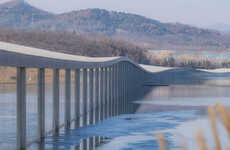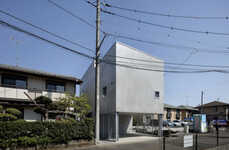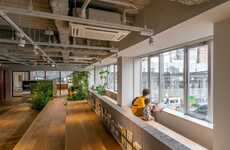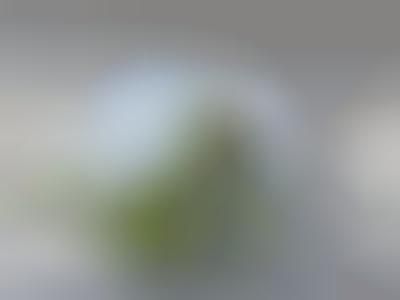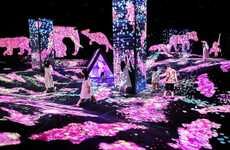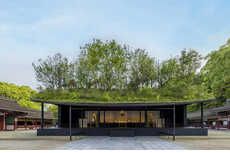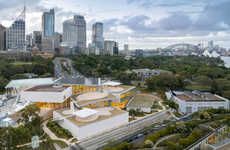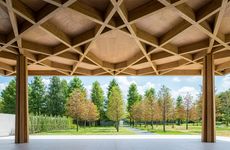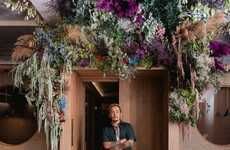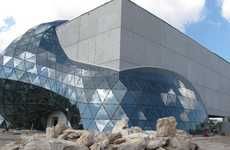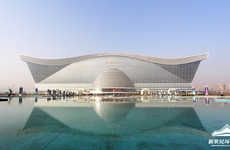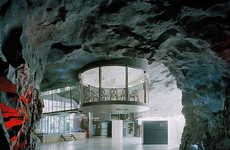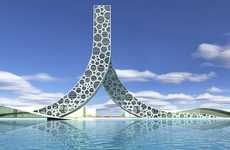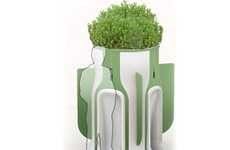
The Hiroshi Senju Museum Karuizawa Gets an Infusion of Nature
Katherinev123 — November 11, 2011 — Art & Design
References: ryuenishizawa & archiscene.net
This contemporary space is the Hiroshi Senju Museum Karuizawa, designed by architectural firm Ryue Nishizawa.
What is truly innovative about the design for this Japanese art museum is that it features garden "pockets," which provide light as well as a natural element to the museum. With deep eaves and encased by "UV-cut" glass panels, each of these punctures of nature seem almost like a garden within a fish bowl. Further, in the center of the building rests what the designers call a "color leaf garden," which comprises 60,000 plants of 150 varieties. The floors of the Hiroshi Senju Museum Karuizawa are also interesting, swelling and dipping depending on the contours of the land, describes the architects.
Located in Nagano, Japan, the Hiroshi Senju Museum Karuizawa features artwork ranging from the late 70s to present day.
Image Credit: Daici Ano
What is truly innovative about the design for this Japanese art museum is that it features garden "pockets," which provide light as well as a natural element to the museum. With deep eaves and encased by "UV-cut" glass panels, each of these punctures of nature seem almost like a garden within a fish bowl. Further, in the center of the building rests what the designers call a "color leaf garden," which comprises 60,000 plants of 150 varieties. The floors of the Hiroshi Senju Museum Karuizawa are also interesting, swelling and dipping depending on the contours of the land, describes the architects.
Located in Nagano, Japan, the Hiroshi Senju Museum Karuizawa features artwork ranging from the late 70s to present day.
Image Credit: Daici Ano
Trend Themes
1. Garden Pockets - Designing spaces with garden 'pockets' can provide a natural element and enhance lighting in architectural designs.
2. Uv-cut Glass Panels - Using 'UV-cut' glass panels in architectural designs allows for the incorporation of natural elements while protecting from harmful rays.
3. Color Leaf Garden - Creating a 'color leaf garden' with a diverse range of plants can add vibrancy and visual interest to architectural spaces.
Industry Implications
1. Architecture - Incorporating garden 'pockets' and other natural elements in architectural designs presents an opportunity for innovative and visually stunning structures.
2. Museums - Integrating garden spaces and plant installations within museums can create unique and immersive experiences for visitors, enhancing their engagement with art.
3. Glass Manufacturing - Developing 'UV-cut' glass panels for architectural use can open up new possibilities in creating sustainable and aesthetically pleasing building designs.
4.9
Score
Popularity
Activity
Freshness


